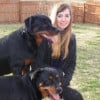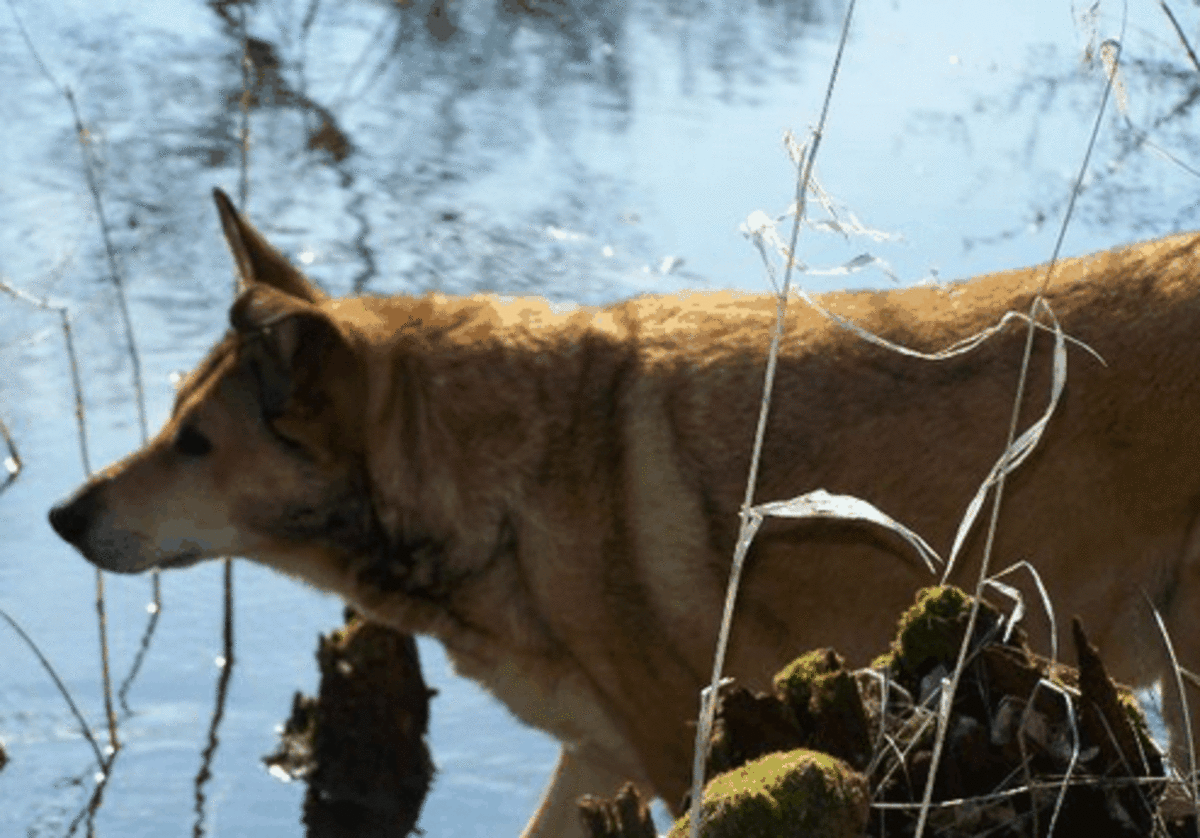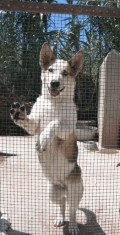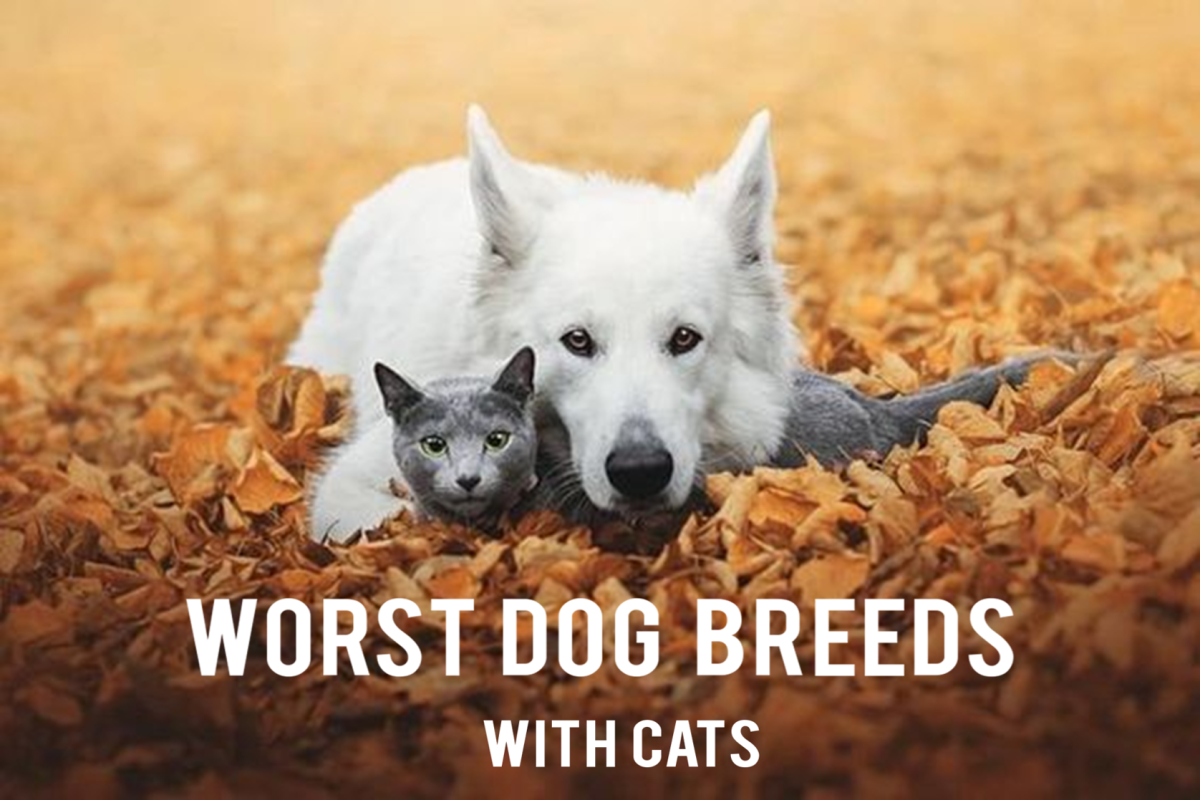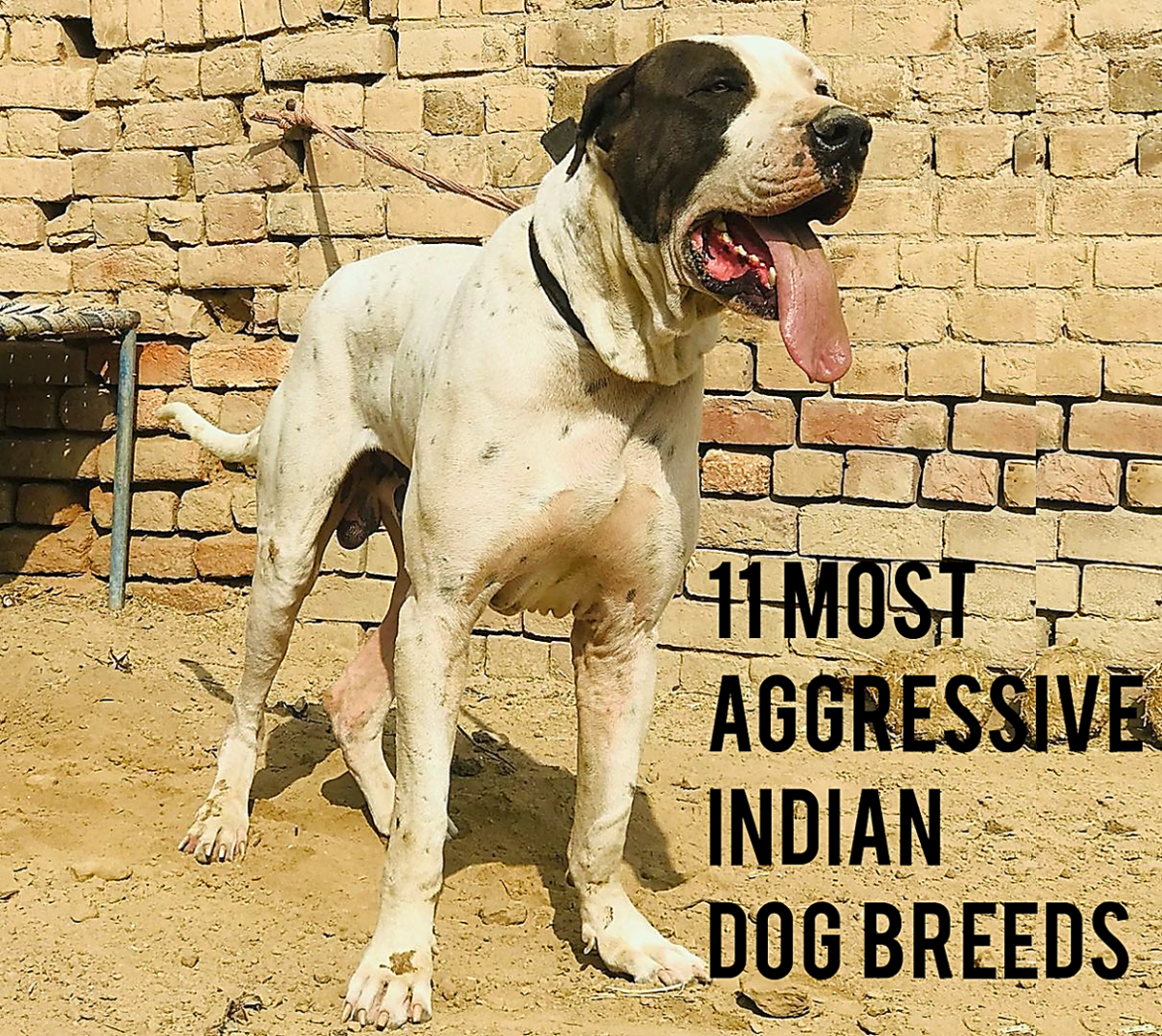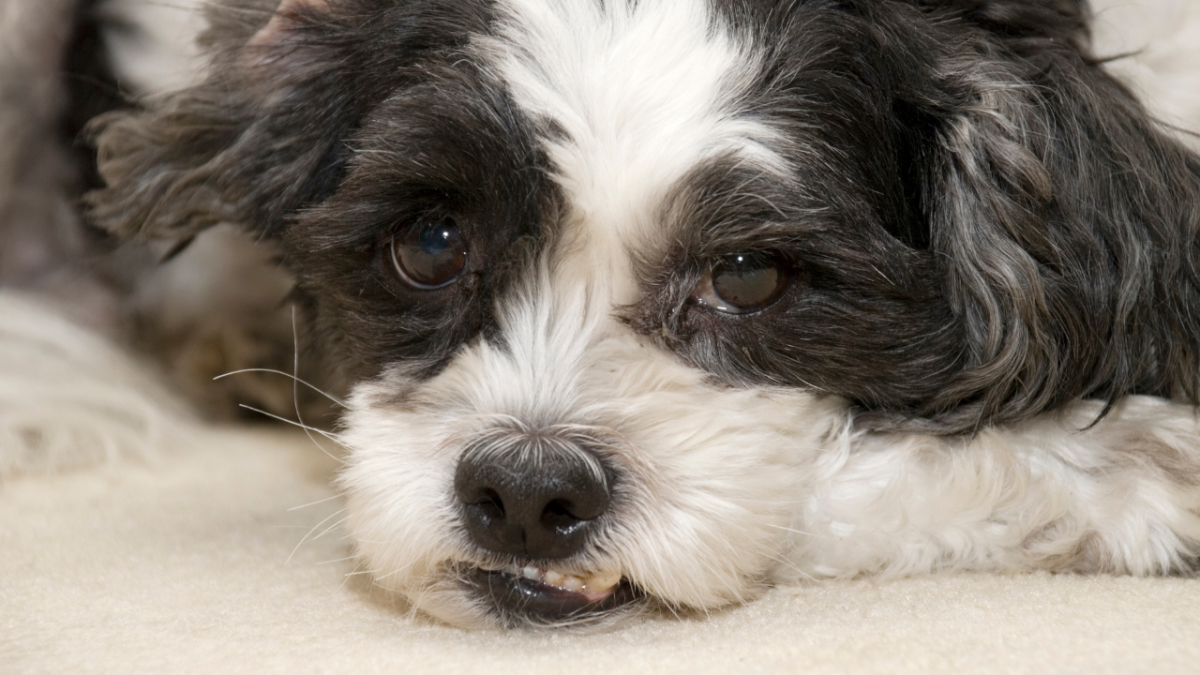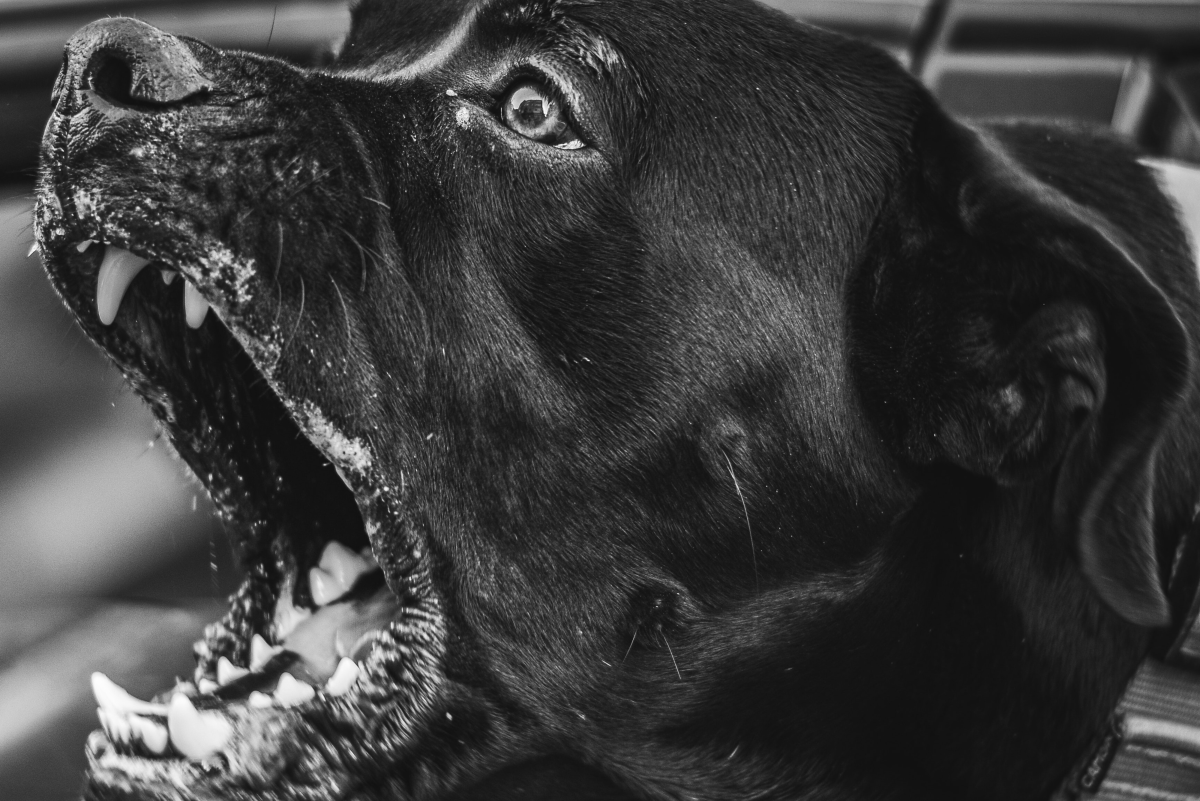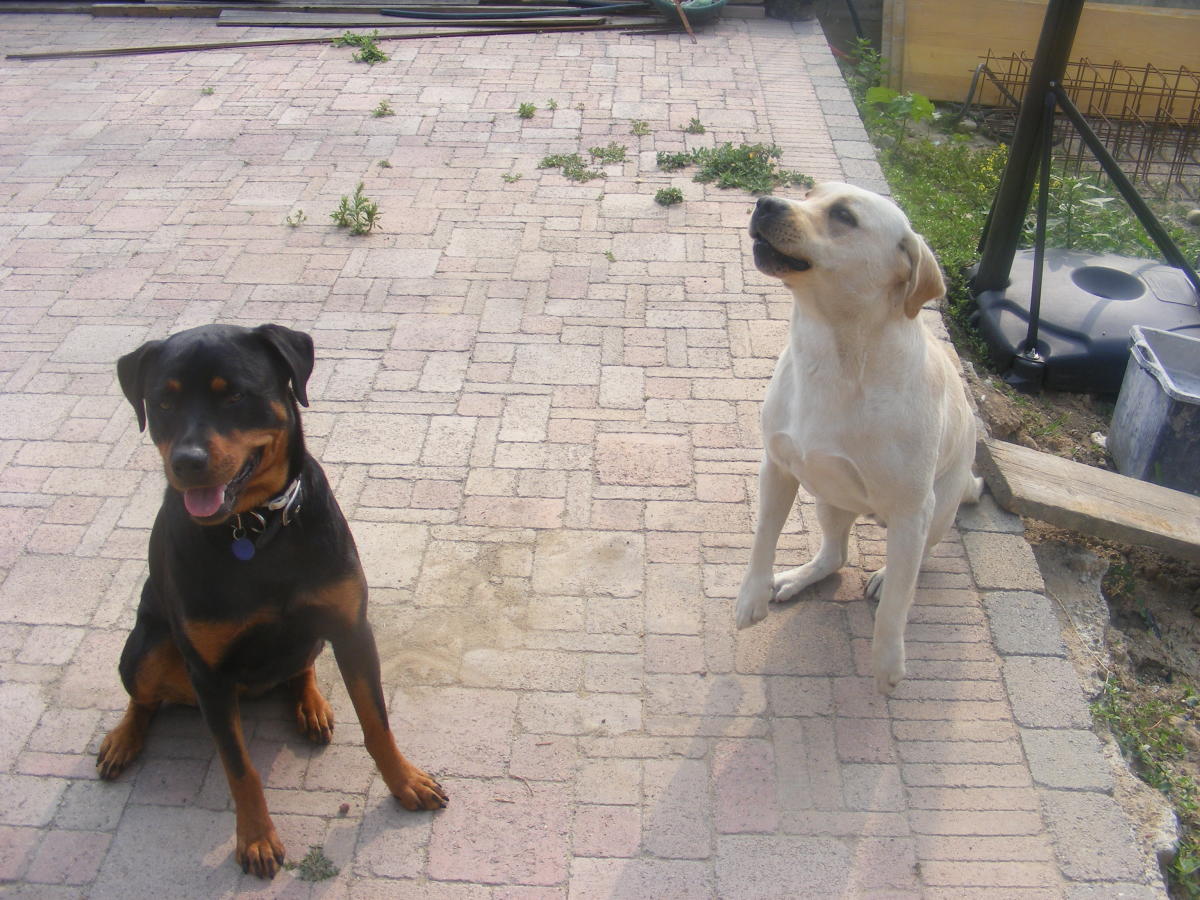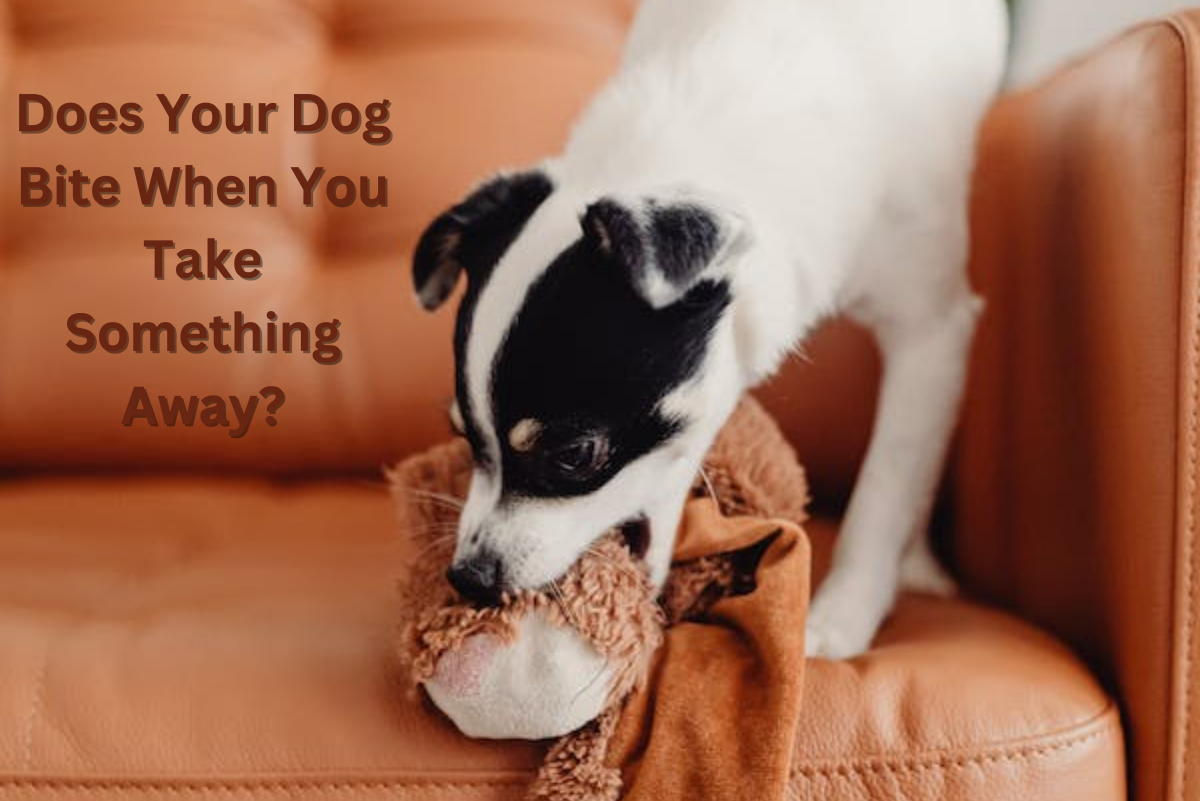- HubPages»
- Pets and Animals»
- Dogs & Dog Breeds»
- Dog Behavior
How to Help a Dog that is Fearful Aggressive Towards People
Why is your dog fearful aggressive towards people?
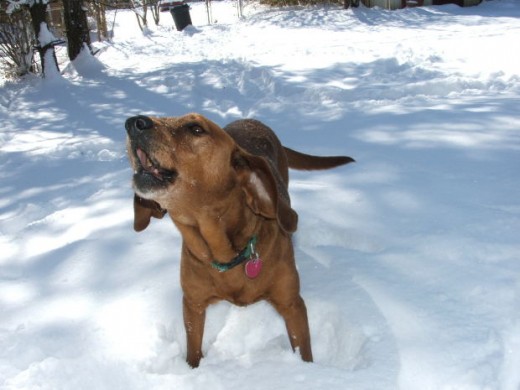
Understanding Sudden Fearful Aggressive Behaviors in Adolescent Dogs
If you own a dog that you thought was well socialized as a puppy but that has suddenly become aloof and even slightly fearful aggressive towards strangers, consider your dog's age. Indeed, between the age of 6 to 14 months dogs undergo a second fear period (the first one took place when the dog was between 8 to 11 weeks old) that takes place at sporadic intervals, almost as if accompanying the dog' s growth spurts.
Sue St. Gelais, gives a great insight about this critical period and I like to quote it here because it gives an invaluable perspective that in my opinion is a great portray of what goes on in a dog's mind during this specific time:
''Second fear impring period ''from 6 to 14 months''
It occurs as dogs enter adolescence and seems more common in males. It is often referred to as adolescent shyness. Your dog may suddenly become reluctant to approach something new or suddenly become afraid of something familiar. This behavior can be very frustrating to the owner and difficult to understand because its onset is so sudden and, seemingly, unprovoked. If you notice this behavior, it is important to avoid the two extremes in response: Don't force him to do or approach something frightening to him and don't coddle or baby him. To get through situations that make your dog fearful, be patient, kind, and understanding. Desensitize him to the object or situation by gradually introducing him to it and using food rewards and praise to entice him to confront the fearful object or situation. Do not coddle or reassure him in any way that will encourage his fearful behavior. Do not correct him either. Simply make light of it and encourage him give him food rewards as he begins to deal with his fear better. Make sure you lavishly praise his attempts! This phase will pass.''
Why is My Fearful Dog Acting Aggressively?
The fear of strangers may be due to feeling uncomfortable towards strangers and this can be due to lack of socialization, past negative events, or fear periods as described above. In order to understand why a fearful dog is acting aggressively let's put ourselves a bit in a dog's shoes.
Pretend that you are extremely fearful of cats, you dread seeing cats and just thinking about cats makes you get the chills. Now, one day you see a friendly cat coming towards you and your heart starts racing, your pupils dilate, and you start going into panic mode. Your first instinct is to send the cat away, so what do you do? You heavily stomp your feet on the ground walking towards the cat and make a loud hissing noise to scare it off. The cat runs away as if its tail is on fire and your mission is accomplished. So what will you do if you see a cat again? Very likely you will engage in the same exact situation and your behavior will have reinforced itself!
In a similar way, the dog will lunge instead of stepping ahead loudly and growl instead of hissing, but with the same objective of sending people away. Since nobody will ever approach a dog that is growling and lunging (most will do a sudden about-face), the behavior will reinforce itself and the dog will feel the need to repeat it in a similar scenario. The more the dog engages in such behavior, the more it will reinforce itself.
Essential tools and must reads
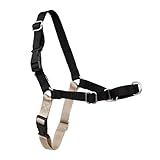
How to Help a Fearful Aggressive Dog Love People
In order to help your fearful aggressive dog you must work under the threshold (you do not want to force him to feel uncomfortable) so you must find a distance from where he does not react and work from there. I will provide a good behavior modification program I have used with success in helping dogs with similar problems divided in easy steps.
1) Make safety your top priority, keep your dog muzzled if you fear he may bite and invest in training tools that give you good control of your dog. I like to use an ''Easy Walk Harness'' by Premier. This harness has a front attachment that helps prevent pulling and lunging behaviors.
2) Start by investing in the tastiest treats your dog knows. These are 100 dollar treats, treats your dog would die for, examples are slices of hot dogs, freeze dried liver, steak, boneless, skin less chicken,oven cooked chicken livers..Keep small bits of these treats handy by putting them in a fanny pack or treat pouch that goes around your waist.
3) Now work on this exercise: make a sound with your mouth, anything, a whistle, a smacking noise, just not words. Place a treat at your eye level and as soon as your dog looks at you, give the treat. Repeat-repeat-repeat. The sequel is as such: you make sound with your mouth with treat at eye level/dog makes eye contact/you give treat. Do it 10-15 times until your dog gets a hang of it. Timing is of the essence: the second he looks at you the treat is delivered.
4) At some point something wonderful will happen: your dog will look up at you in the eyes automatically when you make the noise in anticipation of the treat. By doing this you have taught your dog to focus on you using classical conditioning. Now you can apply this exercise successfully to change a bit his attitude around people and this is how:
5) Find some strangers and walk him from a distance you know he will not react. Start making the noise with your mouth and feed a treat every time your dog looks up at you after you noticed your dog acknowledged the people but without reacting. You want to do this often enough so to change your dog's emotional state from ''Oh, no a stranger I do not like..whooff, growlll, barkkk barkkk'' to ''Oh, a stranger, owner where's my treat, where's my treat?''
6) Work on this exercise until it is crystal clear in your dog's mind that when he sees people he gets the treat but when the people are gone all the treats are also gone. Strangers bring good things! As he gets better at this and feels more comfortable, start decreasing the distance very gradually and continue the exercise. If your dog reacts by barking or growling, you have gone too fast for his comfort. Go a few steps back and work from there for some more time.
7) Your ultimate goal is to get him close to these people safely and having these people toss a couple of treats to him every time he crosses them. This way your dog will learn that the people bring good things and the closer he gets to them the more treats he gets. Remember to go gradually and very slowly and make safety your top priority using a muzzle if need be. A good place would be to sit on a bench near your local Petsmart and ask people if they can toss treats to your dog. This is a method recommended by Patricia McConnell in her book ''Cautious canine'', a must read for owners of fearful dogs.
You need to watch carefully also on what triggers his fearful aggressive responses. See if there is a pattern, are they mostly men? are they wearing hats? do they wear hoods? do they have beards? If you find a pattern focus mostly on these types of people.
When he gets good at it, have your goal to take him to the city with you or in crowded places with you and every time you cross somebody do the exercise. This should get him used to many different people and continue to learn that ALL people bring good things no matter their appearance, postures or smells.
But what if we meet somebody on the walk and need to chat?
It is best if you meet people that they give no attention to your dog, no talking, no looking at him, no petting. Some dogs are very shy and prefer no interactions. These dogs will growl, bark right when the people acknowledge your dog or say something like ''What a cute dog!''. If your notice your dog takes initiative to meet, you can ask people to drop a treat the moment your dog goes to sniff them. So your dog will be rewarded for taking initiative in meeting new people.
This whole behavior modification program may take a while to take effect, but if you are consistent, you may notice some changes in your dog's attitude towards some people.Please make safety your top priority and consult with a dog behaviorist if you do not see improvements or the behaviors gets worse.
Disclaimer: Please consult with a dog behaviorist if your dog is displaying aggressive behaviors. Only a dog behaviorist may see and assess behaviors and offer the most appropriate behavior modification program tailored for your dog. Use extreme caution and make safety your top priority. By reading this article you accept this disclaimer and assume full responsibility for any of your actions.
For further reading
- What to Do if Your Dog Bites Another Dog
Balanced dogs are generally natural conflict solvers. Given the opportunity, they will try their best to avoid a fight. In the wild, indeed wolf packs will not waste energy on fighting among each other. They... - Reasons Why Dogs Growl
Your dog may growl for several reasons. He may growl at you if you get too close to his bone, if you try to move him off the couch, if you tend to abuse him, or he may growl at other dogs and people. In most... - Causes of Aggression in Dogs
Defining a dog as aggressive is pretty generic because dogs may be affected by different types of aggression. In order to properly assess aggression in dogs it is fundamental therefore to resort to...
